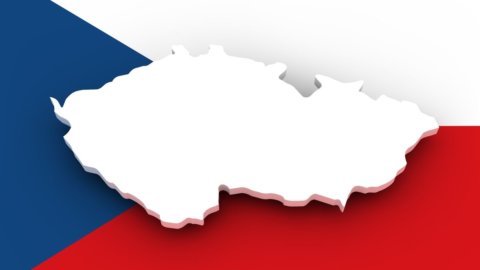After recording solid growth rates over the past two years, when exports were supported by the improvement in the country's international competitiveness, GDP growth is expected to increase at a slower pace in course of the two-year period 2019-20 (respectively, +2,6% and +1,9%): both domestic demand and that from the Eurozone decreased, in particular from the German automotive industry. atradius it expects growth in industrial production and exports to slip below 3% over the next two years. Against this backdrop, labor shortages are increasingly becoming a problem, with many businesses struggling to fill vacancies, while rising labor costs affect business margins. Furthermore, the raising of the general price level, due toincrease of wages and house prices, led to several increases in key interest rates by the Bank Centrale up to 2,0% last August. Thus, the tightening of monetary policy has had a dampening effect on investments and the growth of private consumption.
The ratio between exports and GDP, above 75%, represents a risk factor that makes Prague extremely vulnerable against a possible downsizing of revenues from trade. This scenario could be due to a series of factors such as: a rapid appreciation of the exchange rate (in April 2017 the country's central bank abandoned the fixed exchange rate of the crown against the euro), triggered for example by a context of increased political uncertainty (Brexit), a further escalation of international trade disputes and/or a slowdown in the Eurozone. Furthermore, the possible negative developments of the automotive sector should not be underestimated: the current challenges of the sector (reduction of sales and profits, shift towards greater electronic mobility from combustion engines and potential US tariffs on imports of cars and components from the EU) represent a serious downside risk given the high exposure of Czech companies to changes in the international value chain.
However, public finances remain sound thanks to income growth and increased tax compliance: 30% public debt to GDP is a relatively low percentage compared to other partners in the region and analysts expect a further decline. The good state of public finances confirms that the Czech Republic should have no problems adhering to the criteria for adopting the euro. However, Eurozone entry still remains a contentious issue in national politics, with the majority of public opinion against it. Therefore, a eurozone entry in the next few years seems unlikely.
Commercial relations between Rome and Prague remain good and the Czech Republic represented the 2017th destination market for Made in Italy in 17, with an excellent growth trend confirmed also last year, with an increase of 7,5 .2021%. According to SACE, this positive trend will also be confirmed in the years to come with growth rates, up to 7, expected to be around 10,7% per year. The increased average purchasing power of the almost 10 million local citizens and the lowering of the percentage of the population living below the poverty line play a decisive role in the growth in demand for Made in Italy ( <XNUMX%).





